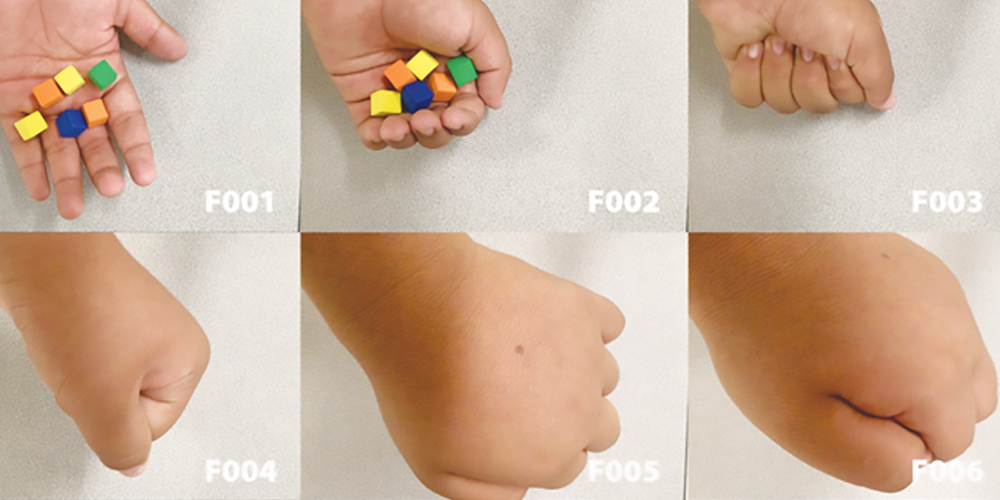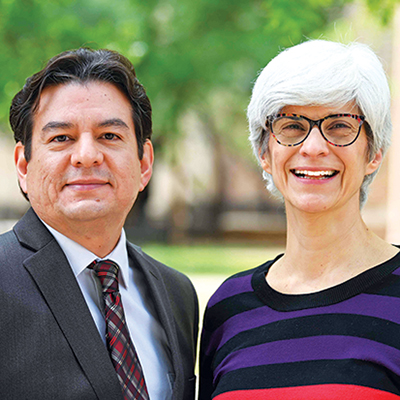and the Foundations of Stop-Motion
with the Animation-Making Workshops

Pixilation /
Pixilation is a stop-motion technique in which live actors and objects are shot
frame-by-frame; their pose is changed slightly between shots to simulate movement.
[ ... ]
The technique's name refers to the pixies, classic miniature mischief-makers of English folklore, since in the resulting animation subjects seem to move around as if by magic or enchantment.
The principles of this technique harken back to the beginning of cinematic animation, more precisely to the almost mythical moment when Georges Méliès' camera jammed in the middle of a take and "a bus changed into a hearse and women changed into men." This cinematic effect where objects and actors seem to appear, disappear and/or transform was known as stop trick and denotes the early association of animation and special effects.
Nevertheless, the process of stop-action photography began to be known as pixilation when Norman McLaren and Grant Munro collaborated on the Oscar-winning short Neighbours (1953).
 About the Presenters: AnimationDuo is a collective of animation scholars cofounded by Drs. Jorgelina Orfila (Art History, School of Art, TTU) and Francisco Ortega (Graphic Design, School of Art, TTU) that explores the intersections between animation and modern and contemporary art and animation as a tool to promote well-being. It organizes the Animation Research Gang, a network of animation scholars, practitioners, and fans that meets annually at the Southwest Popular and American Culture Conference in Albuquerque, and the Animation-Making Workshops (AMW), a research endeavor that explores the potential of stop-motion animation as a didactic and therapeutic tool. AMW serves local health or socially disadvantaged populations and is supported by a federal grant through The J.T. & Margaret Talkington College of Visual & Performing Arts (TCVPA)' NEA Research lab.
About the Presenters: AnimationDuo is a collective of animation scholars cofounded by Drs. Jorgelina Orfila (Art History, School of Art, TTU) and Francisco Ortega (Graphic Design, School of Art, TTU) that explores the intersections between animation and modern and contemporary art and animation as a tool to promote well-being. It organizes the Animation Research Gang, a network of animation scholars, practitioners, and fans that meets annually at the Southwest Popular and American Culture Conference in Albuquerque, and the Animation-Making Workshops (AMW), a research endeavor that explores the potential of stop-motion animation as a didactic and therapeutic tool. AMW serves local health or socially disadvantaged populations and is supported by a federal grant through The J.T. & Margaret Talkington College of Visual & Performing Arts (TCVPA)' NEA Research lab.
This program was supported by the Ryla T. ∧ John F. Lott Endowment for Excellence in the Visual Arts, administered through the TTU School of Art, and the Art History Area, School of Art, TTU.
